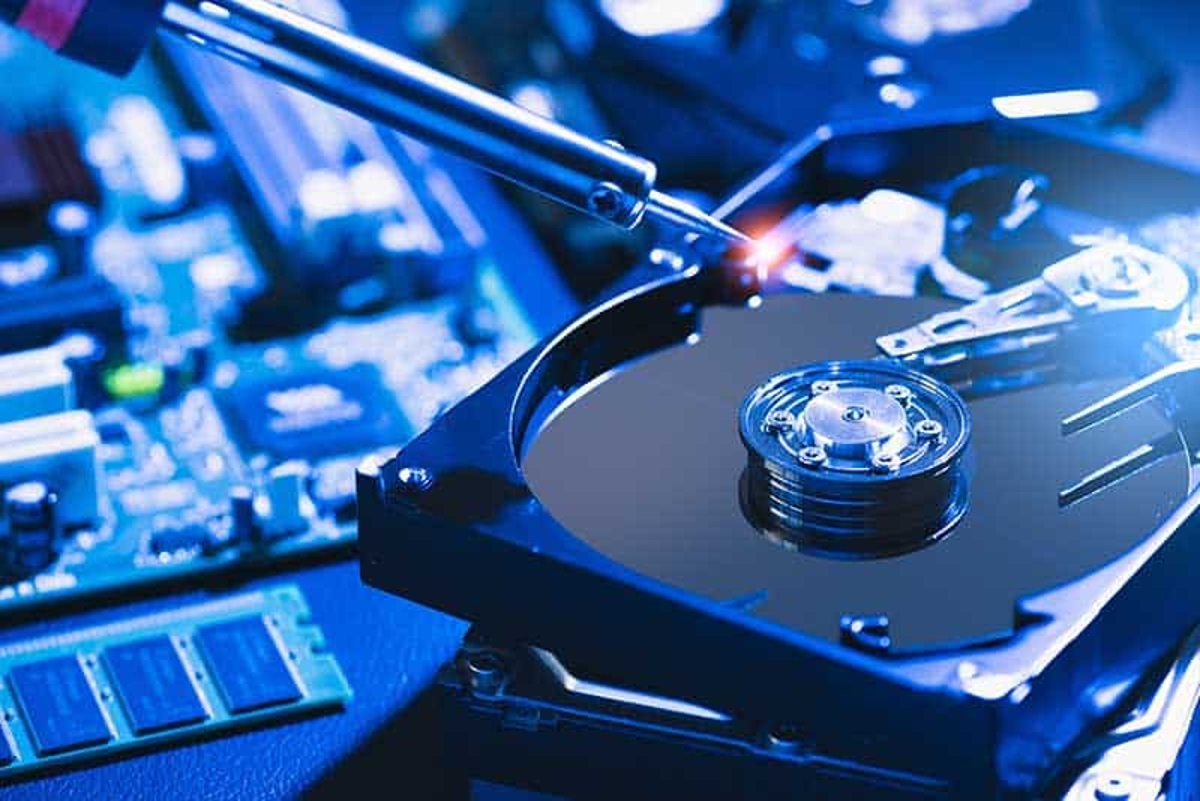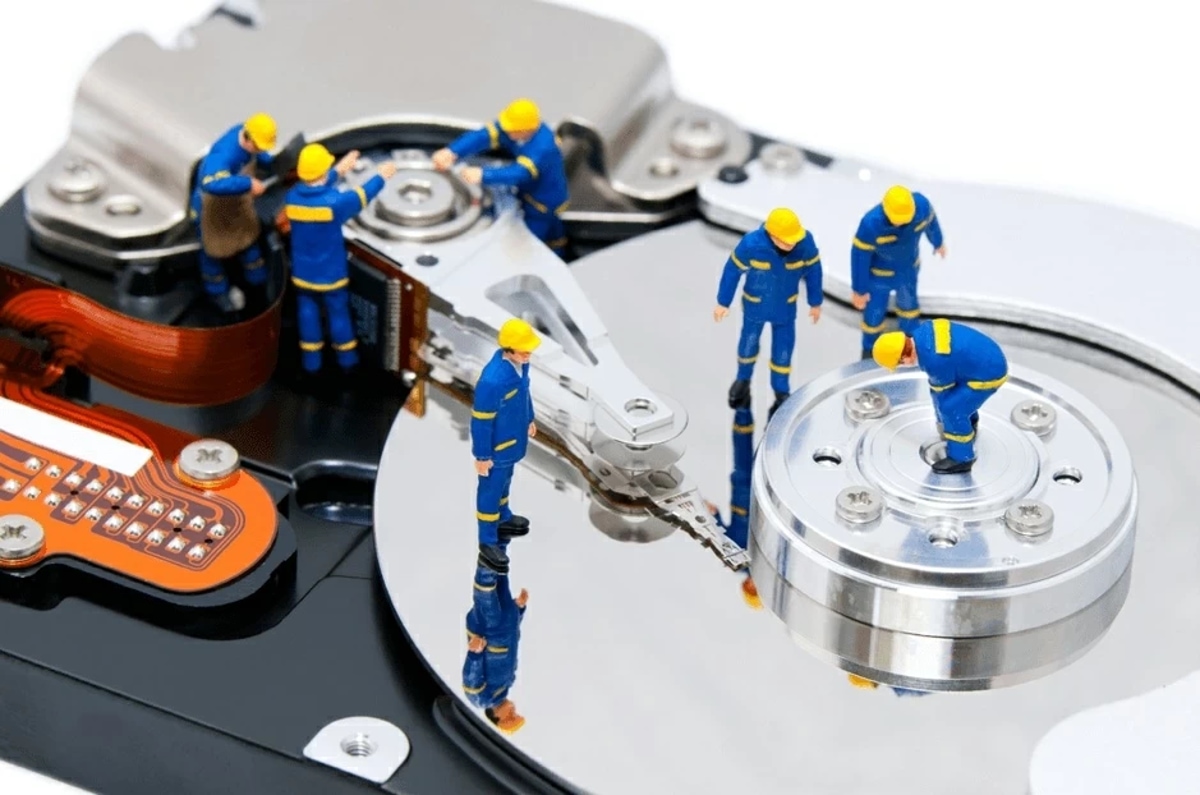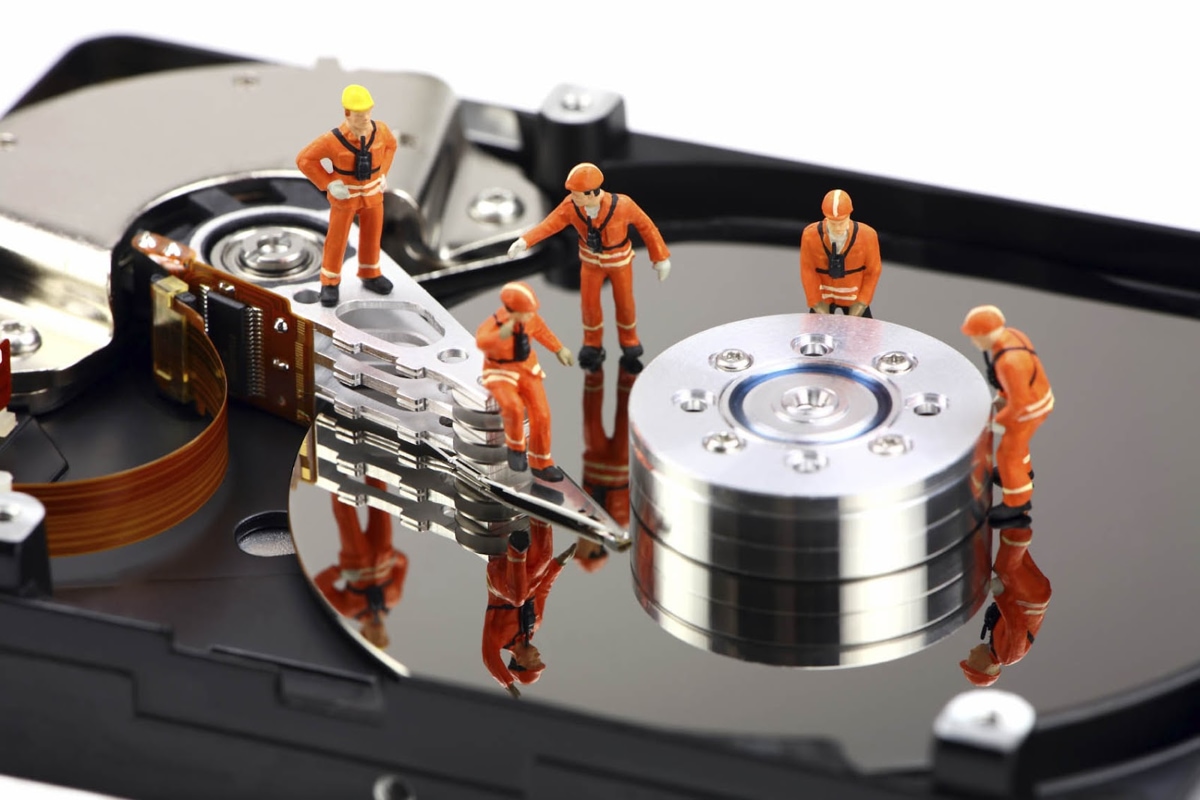Choosing the Right Data Recovery Service: A Comprehensive Guide
Losing access to important data through device failure, corruption, or accidental deletion is one of the most stressful scenarios for both consumers and businesses. Thankfully, data recovery services aim to remedy such catastrophes by providing solutions to retrieve files from damaged, corrupted, inaccessible, or otherwise unusable storage devices. With the right provider, there is hope that photos, documents, financial records, and other digitally stored information may not be lost forever. However, selecting the best data recovery service requires understanding key factors to ensure your specific needs can be addressed.
Types of Data Loss Scenarios
The first step in choosing a provider is properly identifying the situation that led to data becoming inaccessible. Data loss can occur due to a wide variety of scenarios, and it's important to work with a service experienced in your particular type of data disaster.
Some common scenarios data recovery specialists may encounter include:
- Hard drive failures - Physical failures like clicking, grinding, or unreadable noises indicate potential mechanical flaws within the drive requiring precision repair work. Drives that fail to spin up or are otherwise unrecognizable to a computer could necessitate extensive clean room microsurgery.
- Accidental file deletions - Accidental formatting of a drive or mistakenly sending files to the Recycle Bin are frustrating but recoverable for most providers that have advanced file scanning and "undelete" tools.
- Phone and tablet issues - Logic board damage, corrupt operating system installations, failed updates or "bricked" devices often necessitate specialization in iOS or Android recovery depending on your specific mobile device.
- Server and RAID array failures - Professional recovery may be needed for inaccessible or damaged data on servers, storage area networks, network-attached storage solutions or other shared enterprise-level equipment, which demand laboratory-grade capabilities.
- Media card data loss - Issues like corruption due to wear from use, exceeded write cycles, manufacturer defects, or simple lost cards require experience retrieving information from various flash memory types.
- Malware and ransomware attacks - In some cases, specialized tools and clean room environments may be necessary to disinfect and recover documents encrypted or rendered inaccessible by viruses and other cyber threats.

Evaluating a Provider's Capabilities
Not all data recovery services are equal in their abilities to tackle every potential data loss scenario. It's important to match your specific needs with a provider's capabilities. Services can generally be classified into several tiers:
- Basic services - Providers offering standard equipment and software better suited for cases like accidental deletions, minor physical drive damage, or straightforward corruption. Expect 5-10 day average turnaround times.
- Advanced recovery labs - Labs investing in cleanroom environments, high-powered microscopes, and proprietary software tailored for complex issues like server recoveries, torn drive components, or wiped devices. Turnaround times average 2-4 weeks depending on parts sourcing.
- Hardware specialists - Some niche providers focus exclusively on enterprise equipment, specialized device chips, or fragmented, encrypted, or unbootable systems beyond standard provider capabilities.
- Court-certified professionals - Adhering to standards like ISO/IEC and maintaining proper chain of custody protocols help these services provide legally-defensible results required for court proceedings or insurance claims based on data recovered.
Always inquire about specific experience, diagnostic abilities, and usual turnaround expectations for your scenario before choosing, as some jobs may require escalation to a higher-tiered provider. Understanding typical costs upfront also prevents shock over unforeseen expenses.
Success Rates and Reviews
While data recovery services aim to retrieve information in all situations, it's unrealistic for any provider to guarantee 100% success, as some damage or corruption will unfortunately render data permanently unrecoverable no matter the effort.
Checking independent review sites and asking for anecdotal success percentages based on similar past cases helps manage expectations realistically versus being misled by exaggerated guarantees. Success rates also vary significantly depending on the level of damage - basic accidental deletions enjoy over 90% success versus 50-70% for physically damaged or failed drives.
Testimonials from clients impacted by closely matching issues help gauge a provider's demonstrated skill in addressing comparable challenges previously. Seeing how others perceived the same services' communication, pricing integrity, and resolution delivery eases confidence in their abilities.

Turnaround Times
Workload volume means standard 1-5 business day turnarounds for many data recovery jobs may need scheduling weeks in advance. While some jobs like easily accessible drive imaging complete quickly, factors like:
- Severity of physical damage or data corruption level
- Number of failed data storage components
- Recovery complexity like server volumes or complex file system structures
- Sourcing replacement parts for damaged devices
This can significantly impact timelines, with intricate situations potentially requiring 4-6 weeks depending on the provider's capabilities. Learn typical and maximum turnaround estimates upfront to avoid blown deadlines or costly rush fees whenever possible. Nearby facilities provide faster shipping/return convenience as well.
Staff Qualifications and Certifications
The top consideration should go to providers maintaining industry accreditations from organizations like the Associated Computer Forensic Examiners International. Their cleanrooms achieve at minimum a Class 100 rating, limiting potentially harmful particulates.
Individual credentials also inspire confidence, such as ACE, CCE, CFCE, and EnCE certifications validating specialist technical and legal training. Inquire about specific experience recovering for your device brand/model to match needs with demonstrated skills precisely.
Data Security and Customer Privacy
Negotiating clear expectations upfront protects your data's security and privacy through the recovery process. Accredited labs follow a strict chain of custody documentation and employ the highest caliber security - including cleanroom device imaging to avoid altering original components while still providing clients accessibility to recovered files.
Understand options like having data recovered to your original drive configured securely, an offered external solution, or files delivered digitally depending on needs. And ensure confidentially agreements and encryption protocols govern use and future destruction of any sensitive customer information. Total transparency establishes trust.

Pricing Models and Cost Estimates
Quality service does require fair payment, but costs vary significantly between lower-end general providers versus high-end specialist firms or situations needing rush turnaround. Requesting fixed price quotes prevents unforeseen fee escalation due to unexpected complexity.
Understand all estimations cover any necessary data assessment, labor hours, potential replacement components, return shipping including secure drive wiping, applicable taxes, and warranty timeframe for $0 cover if managed to recover but files become corrupt again within a time period. Volume discounts may also apply.
Making the Right Choice
Weighing providers carefully based on experience relevant to your needs, capabilities, certifications, reviews, pricing models, privacy assurances and ability to provide exceptional service helps find the best match to potentially save valuable data after loss or corruption renders it otherwise inaccessible. With so much relying on digital storage, the peace of mind from a top service makes investing in data recovery worthwhile when needed most.
